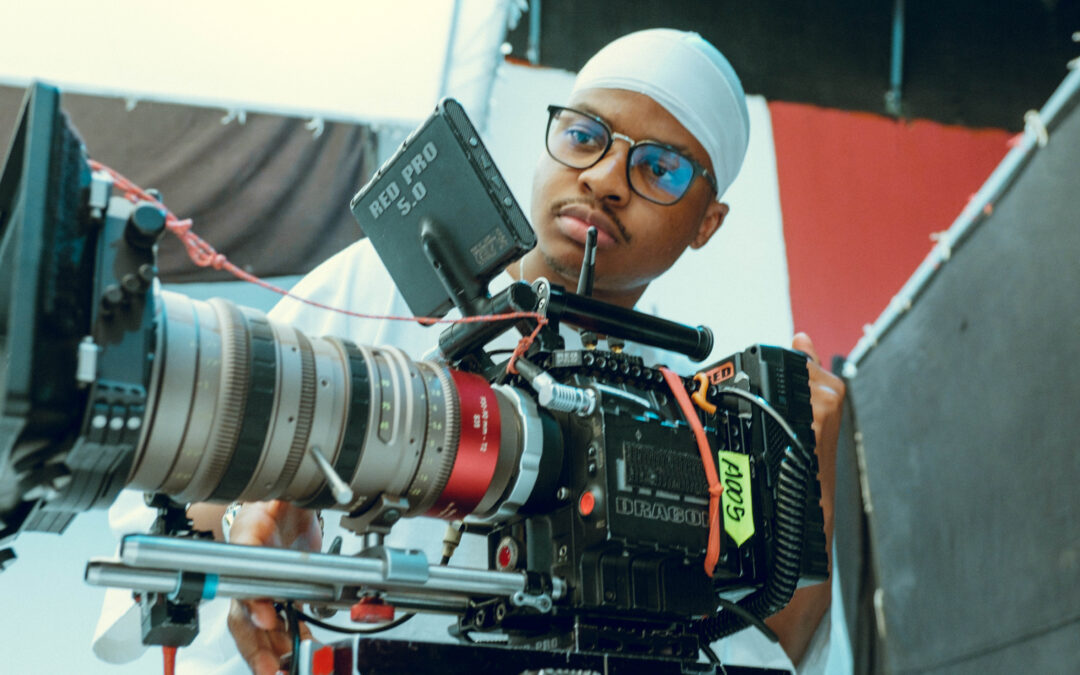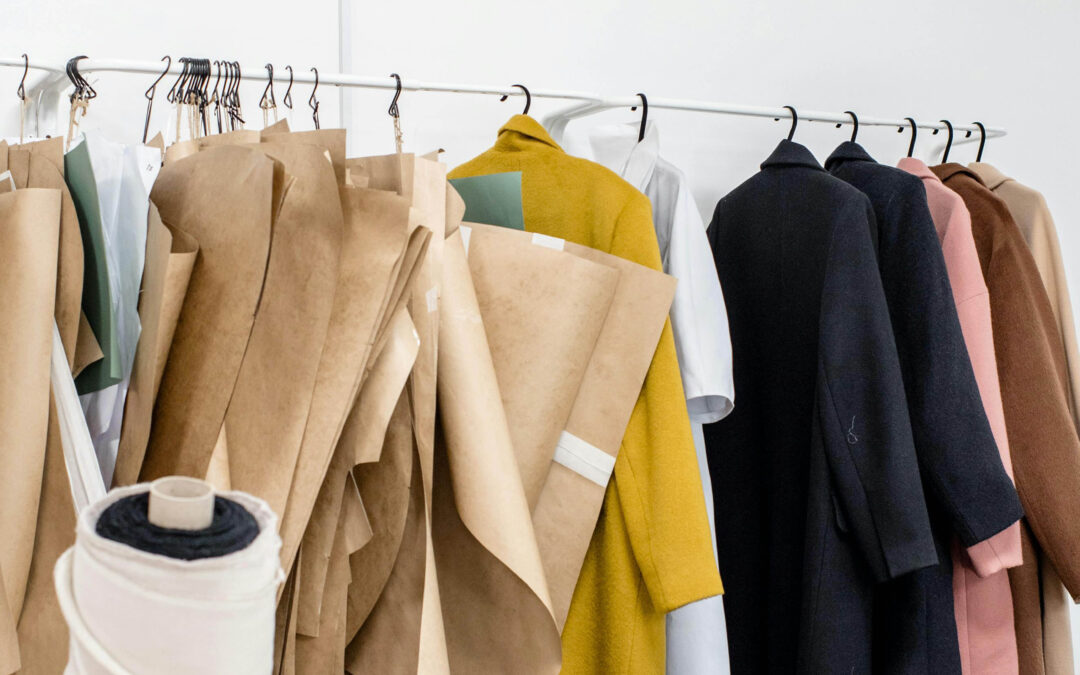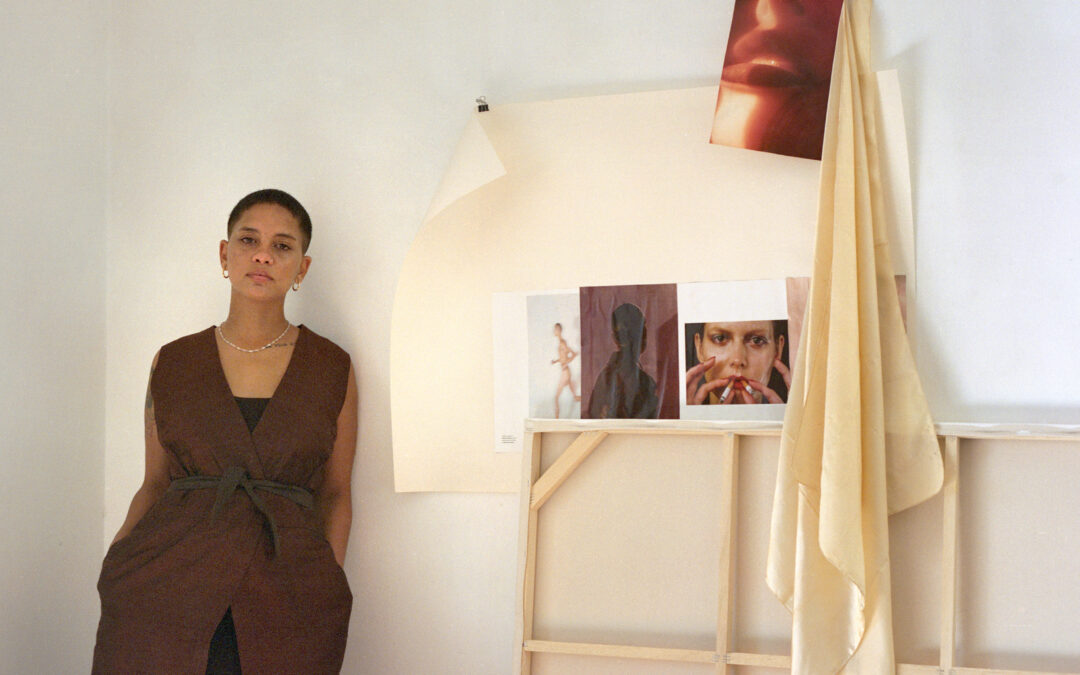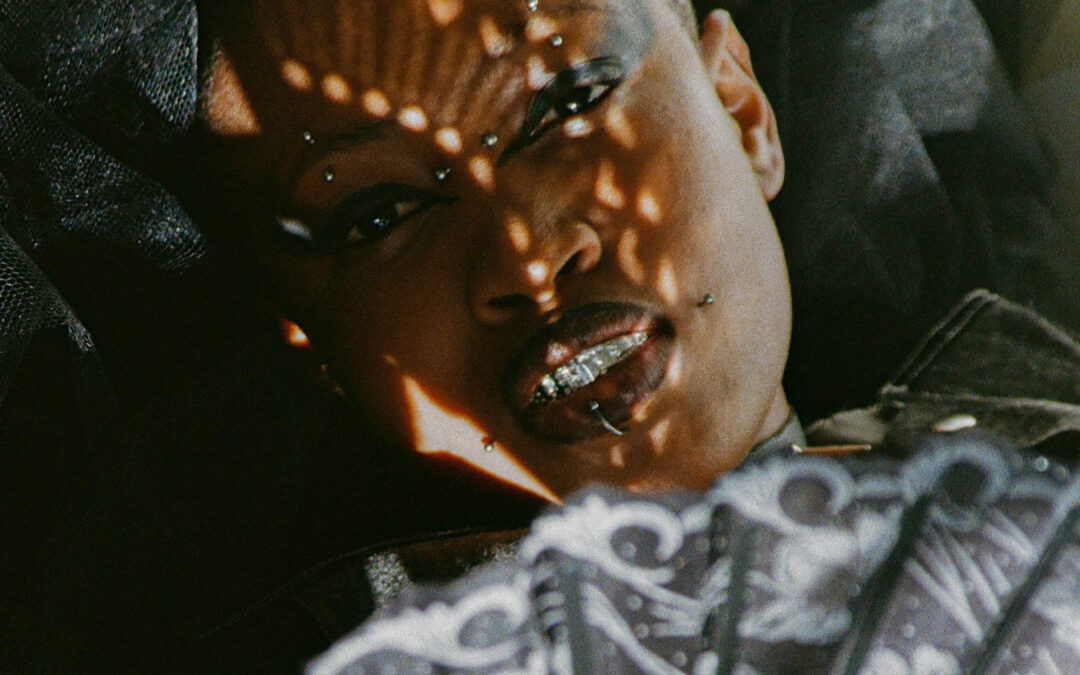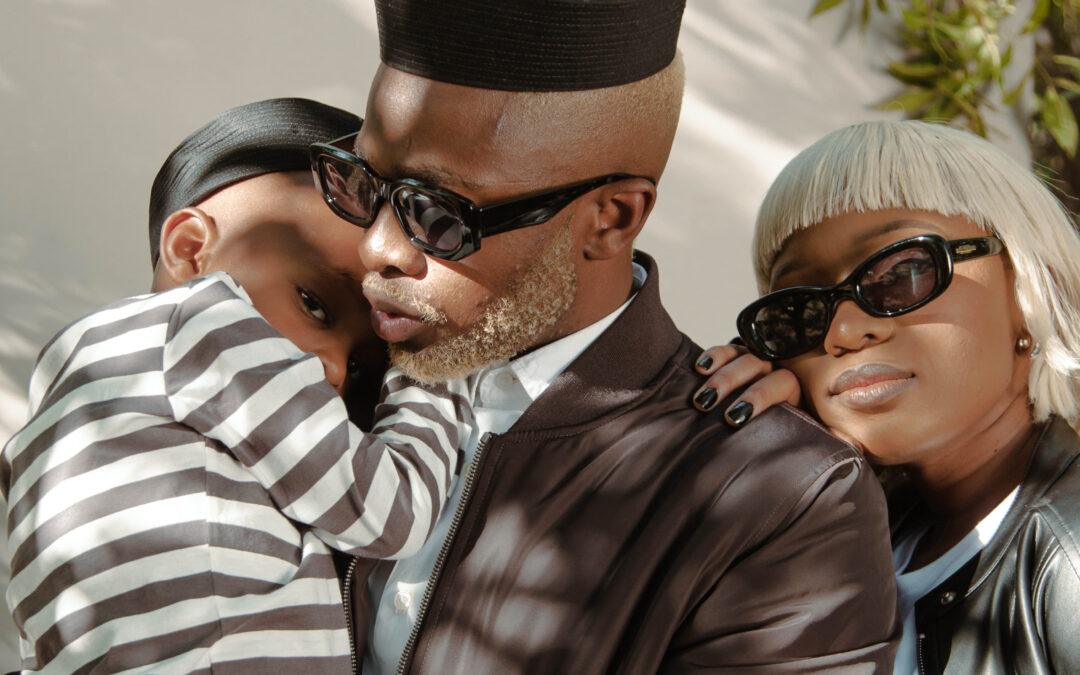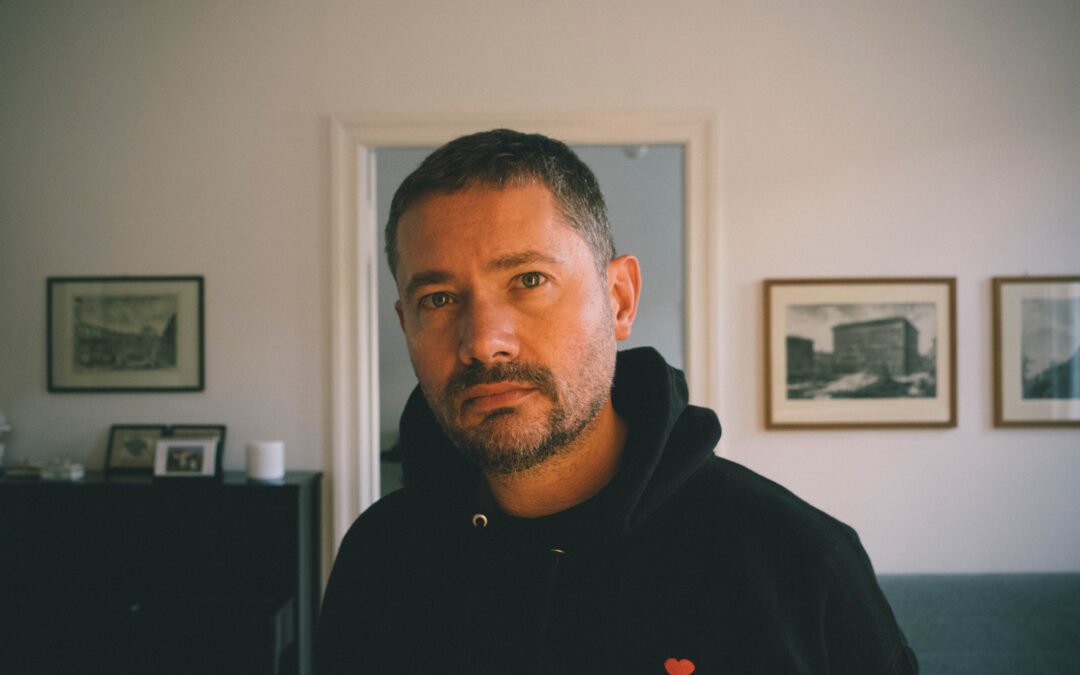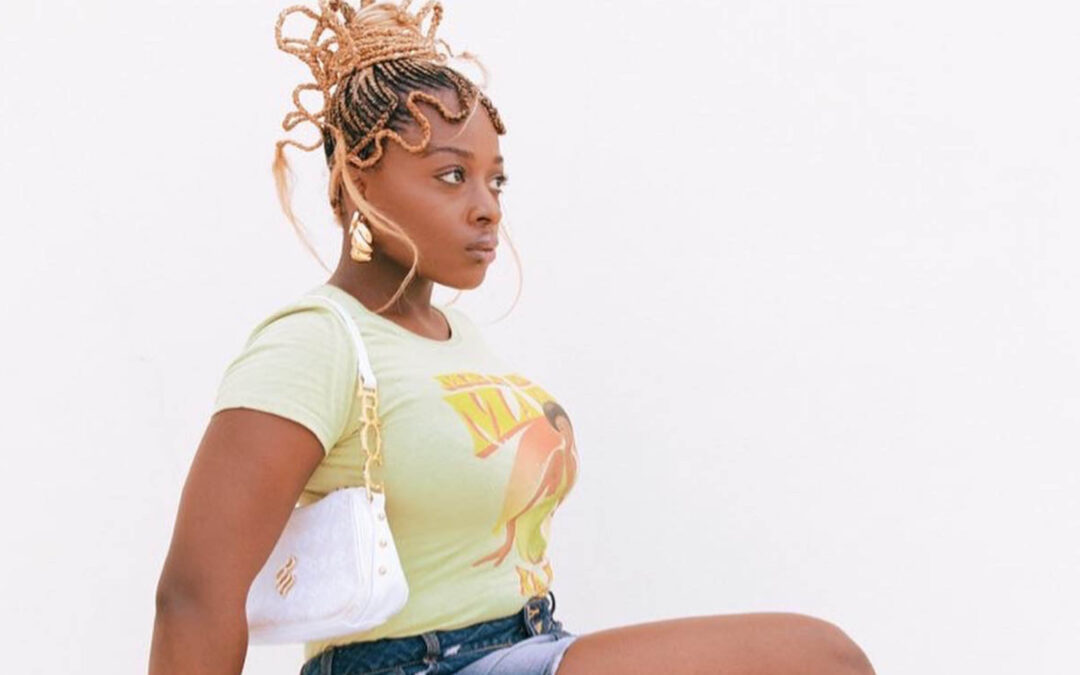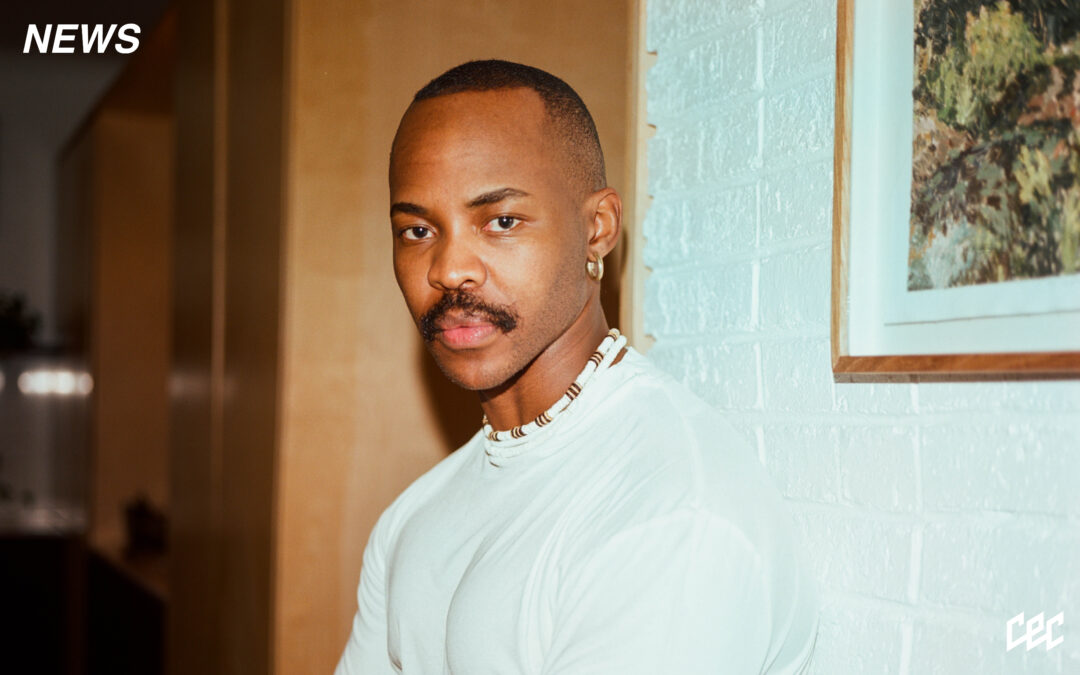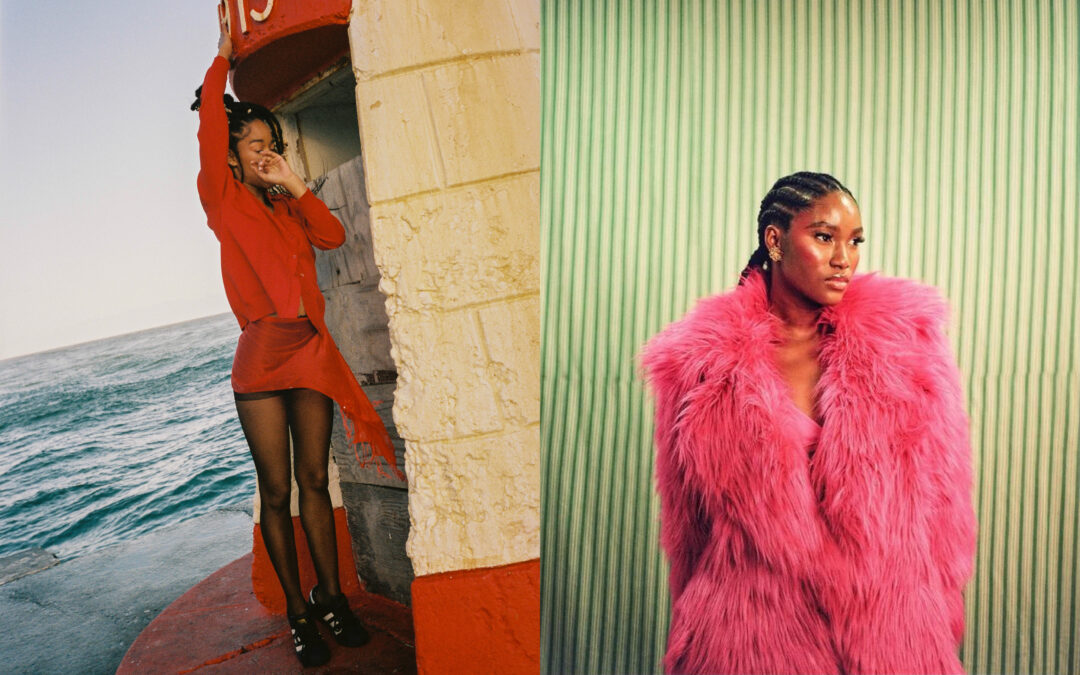When I think of the sheer dynamism that it takes to evolve a fashion label authentically in accordance with its designer’s own evolution – I think of Neo Serati Mofammere’s brand, Nao Serati. With a slight alteration to his birth name, Neo becomes Nao – and within this landscape of a ‘brand’, or rather a artistic enclave, Neo shapes a world in which he can seek continual creative solace – and hurdles – exhuming his creative viewpoint from all the known and unknown crevices that such creative energy lays in wait, for us to take it up and channel it towards its rightful place.
Nao Serati’s origin year is often written as 2014 – but as Neo tells me, he feels its actual origin is perhaps a few years later. Another fact often attached to Nao Serati is the term ‘athleisure’ – a realm in which Neo’s initial design dexterity first appeared – the functionality and boundary-dissolving aspects of this category, later used as formidable assets for Neo’s ascent as one of the most indelible garment constructors that I have seen in some time. This is where the dynamism comes in; for Neo, it’s not about shedding an ‘athleisure’ tagline – rather, it’s about taking those formative codes, and applying them to his present, changing viewpoint. I’m talking pieces that instantly strike one as arising from complex patterns – cut-outs, collaged fabric, oversized and billowing sleeves, the symmetry of those seams – and yet, in its final form, every Nao Serati piece is effortless. To strike at the heart of effortless and complex, from a design viewpoint, is the route to mastery. To me, a mastery that Neo is fast approaching.

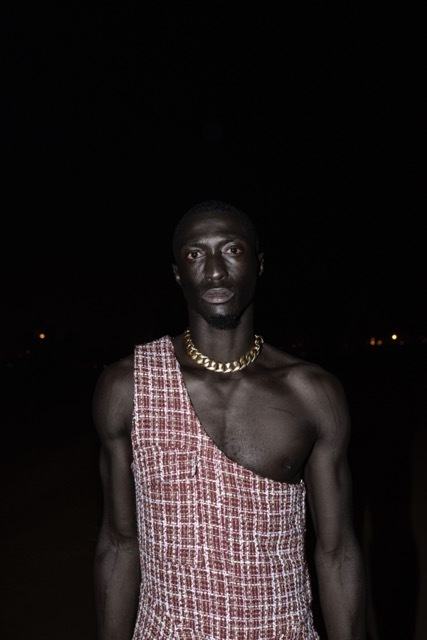
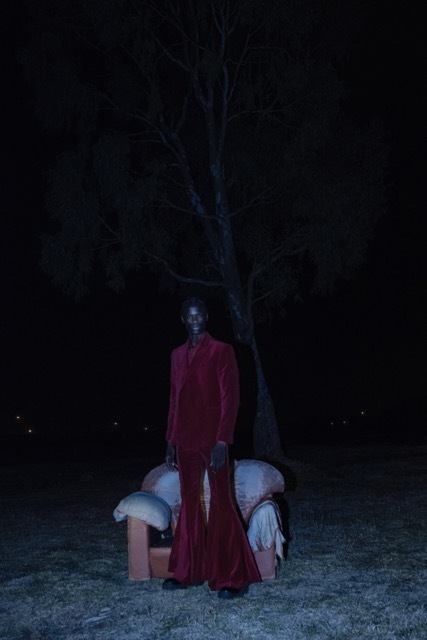
“I must admit, 2014 is probably when I was in third year – so I was a bit too ambitious, maybe, but the concept for Nao Serati had definitely been born by then, at least – I was entering competitions then, I think. It’s probably only a few years later that the brand became a fully-fledged business. I went to art school, and after I was finished – I wasn’t sure what I wanted to do. We had fashion shows at the school, and it was one of the experiences I loved the most about art school. Around that time, 2011 and 2012, was a really exciting time for fashion – I think what we are experiencing now in fashion in the country, it’s important to remember it was seeding during those years.” Neo says in our conversation – and I ask him what his perspective has been, seeing fashion shift from a decade ago to where it is now, “I think our world has become much smaller. There is more within reach and closer to us than ever before – so many designers we know and have access to have gone overseas, and done amazing things internationally, and it’s made the world seem so much closer. Your customer isn’t just in South Africa, they’re everywhere. The South African fashion industry is still a very small environment, but I think everyone is excited to learn new things – I’m seeing a beautiful synergy among older and newer designers, all pursuing new ways of designing and selling. Thula Sindi has a store now – those things are possible.”
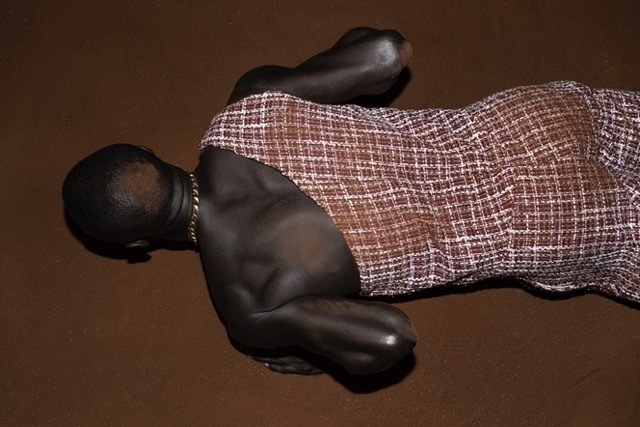
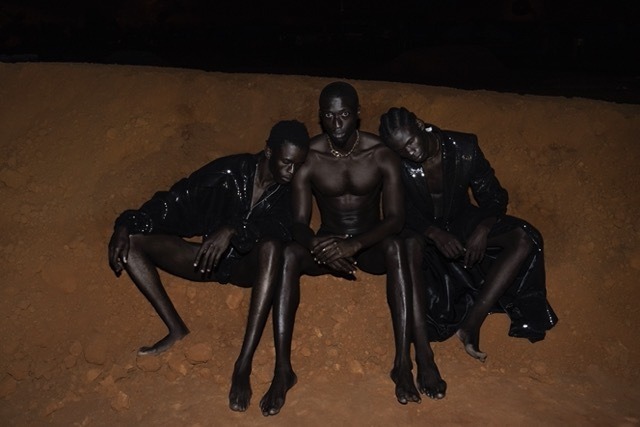
Neo is that unusual fashion force for which styling and design are pathways of mutual experience; you will find his garments moving, and his styling work breathtaking – this is rare. In this year’s summer of Dazed Magazine’s quarterly print – Volume V – Neo was the stylist behind ‘The Law of Desire’, a poignant essay-meets-interview on Desire Marea; singer, sangoma and visionary. The spread, written by Nkgopoleng Moloi with vivid images shot by Tatenda Chidora – Neo’s styling suffused his own brand with Prada, Thebe Magugu – YSL – and all in conveying the richness and texture of Desire’s story. Reflecting on this moment, Neo says “That specific shoot was an important one for me. I was at school with Desiree, and we’d always sit and edit out our school uniforms – it was an incredible moment of affirmation of who I had decided to become, and for both of us, actually. Being able to do that with a close friend – it was an exceptionally full circle moment. I also think seeing it in print – a rare format, these days – made the work so alive and special in the world.”
Another full circle for Neo has emerged in the form of a collaboration with Reebok – released in October, and as a celebration of South African Pride Month. In this way, the codes of athleisure are always on hand – and pulling up codes of formative years for later year’s work, exemplify Neo’s ability to channel the Nao Serati lens in multiple ways. On this, he says “Just as I was about to sort of quit fashion – Reebok called me and were like, ‘hey, do you feel like doing a little thing?’. This was before COVID happened, and we ended up working on it throughout the pandemic. I think this was a collaboration I needed, especially for my confidence and a hug of recognition. When you run a small business, it’s easy to forget the world – or to really know who sees you and appreciates you – the daily routine of staying afloat. It was never really my goal, but working with Reebok on a global level, brought a new framework for how I can go forward seeing the brand exist.” I ask Neo about his current perspective on the fashion industry right now and his role in it, “Everybody that’s ever tried to intern for me, I’ve been clear that I don’t take interns – it’s not how I work – but I will definitely become friends with you, and have a coffee with you and share the things I’ve learned. I think because I feel like I am still learning, I’m not ready to sit down and say ‘here’s a handbook’ on how to do it.” As for the future of our industry, Neo says “We need more fashion professionals. We need people to take fashion as a part of their career – we need fabric developers, technicians, journalists – we have so much room in South Africa and Africa. The more the merrier. We also can’t all be good at the same thing. A friend of mine was saying that they work in the embroidery department at a big fashion brand – I’m like, is there a whole department dedicated to embroidery? That’s how nuanced the roles can become in this industry.”
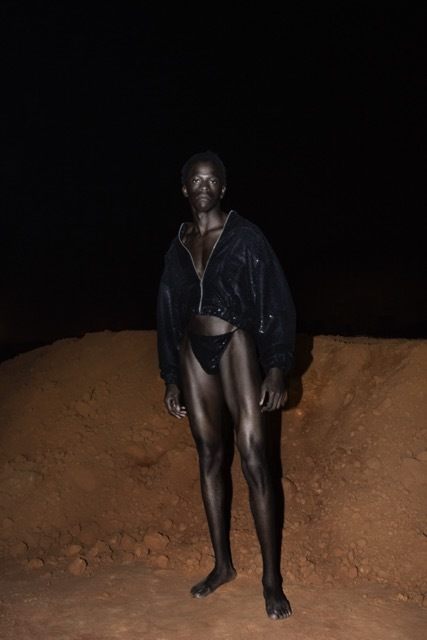
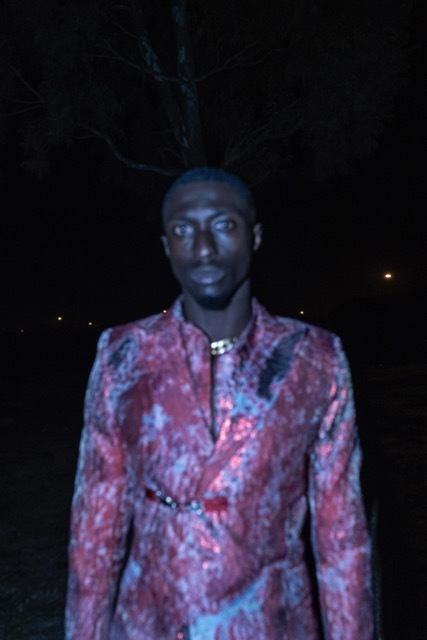
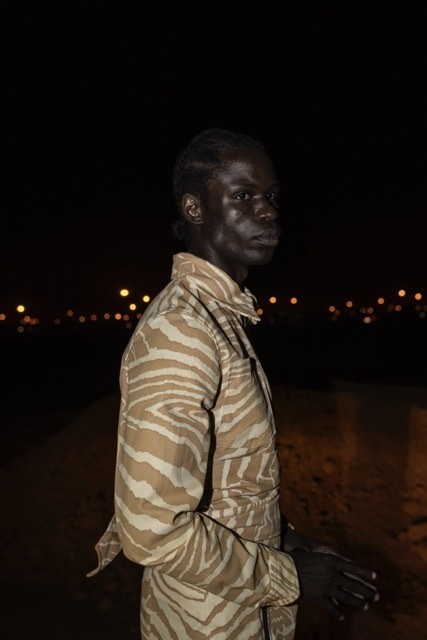
Nao Serati doesn’t follow seasons or a collection schedule – one of the freedoms that Neo has given himself, a timeline in which work happens as it comes; a collection will take place, he says, as a way to solidify the ever-evolving vision of the label. I know, no matter what it is, that it will deeply assert Neo’s journey towards wonderful things – and secretly I hope that he will never quit fashion. At least not for a long time.
Written By Holly Bell Beaton
For more news, visit the Connect Everything Collective homepage www.ceconline.co.za



